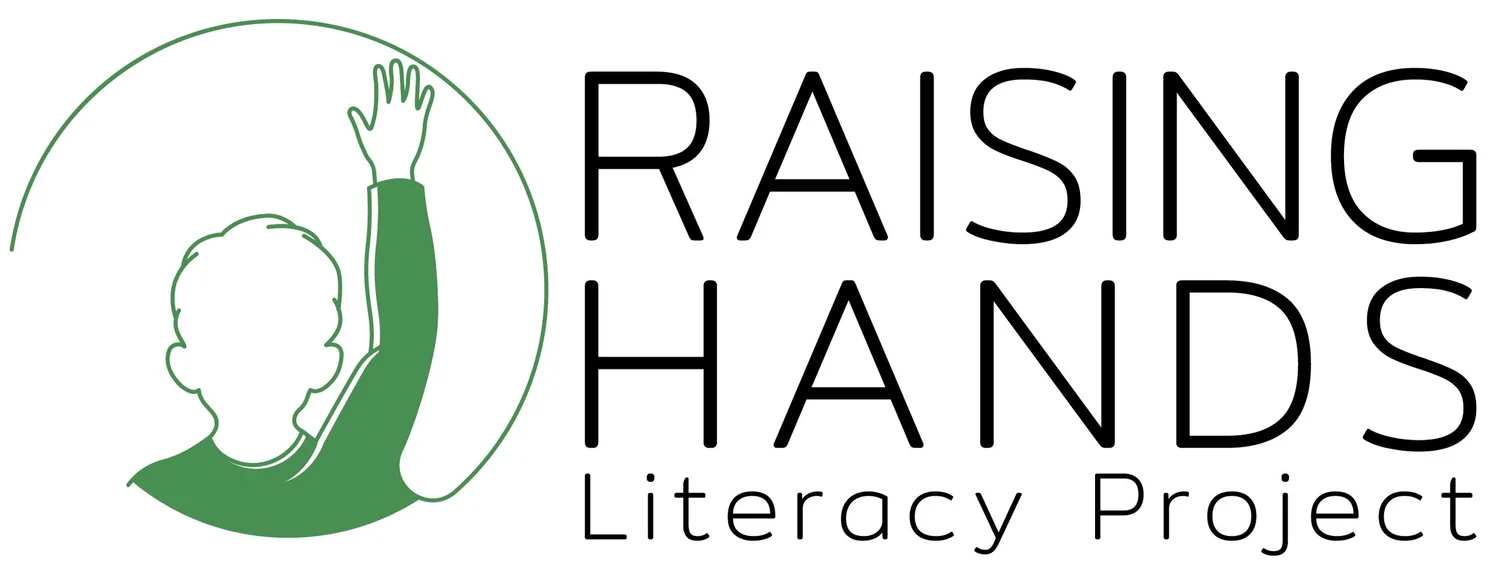Does Your Child Mix Up b and d? How Handwriting and Cursive Can Help
I just assessed a 2nd grader who is bright and creative, but an incredibly slow writer. When he gets a writing prompt, he responds with as few words as possible.
When I asked him to write the word "kid," here is what I saw:
The k was backwards and about an inch tall.
The i was floating above the line.
The d was two inches to the right and had clearly been started several times.
From that one small word I could tell he was spending almost all of his brain power thinking about how to write the letters, not what to write.
This is very similar to what happens with kids who keep mixing up b and d. Handwriting is not just a neatness issue. It is a window into how their brain is handling letters, sounds, and direction.
Why b and d Confusion Hangs On
Many children mix up b and d in kindergarten and first grade. That can be typical. When it continues past that, especially alongside reading and spelling problems, it can be a sign that:
Letter shapes are not stored firmly in memory.
Letter formation is not automatic.
The brain is still unsure which way the letter is supposed to face.
So every time they write or read b or d, they are stopping to think, guess, and fix. That constant guessing uses up energy that should be going to sounding out the word or building a sentence.
How Handwriting Instruction Helps
Handwriting instruction is more than "write it again." When we directly teach:
Where to start the letter
Which strokes to make and in what order
How tall the letter should be
How to keep it sitting on the line
we are strengthening the mental picture of that letter. Over time, the child does not have to think so hard about how to make it.
When forming letters becomes easier, the brain has more space for:
Hearing all the sounds in the word
Spelling them in order
Thinking about what they want to say
So targeted handwriting work can actually reduce b/d confusion and make writing feel less exhausting.
How Cursive Can Help With b and d
Research and classroom experience both suggest that some students with reading difficulties do better once they learn cursive. For b and d, cursive can help because:
The cursive b and cursive d have more distinct shapes, so they are easier to tell apart.
The pencil moves in a continuous motion, which can support rhythm and memory for letter patterns.
There are fewer chances to stop, flip, or restart a letter in the wrong direction.
Cursive is not a cure for dyslexia and it is not helpful for every child. But when it is taught clearly and tied to sounds and spelling, it can be a useful tool for students who constantly reverse b and d in print.
What Parents Can Watch For
You may want to ask about handwriting or cursive support if you notice:
Frequent b/d reversals after first grade
Very slow, tiring handwriting
Letters that float above the line or shift around
Written work that is much simpler than what your child can say out loud
These signs tell you that letter formation is getting in the way of reading and writing, not just how the paper looks.
The Bottom Line
If your child is still mixing up b and d, the answer is not "just try harder." It is often a sign that they need:
Clear handwriting instruction, and
Sometimes, thoughtfully taught cursive, along with strong phonics and spelling support.
By reducing the stress of "How do I write this letter," we make room for the important part: "What do I want to say?"
That is when struggling readers and writers finally start to show what they really know.
